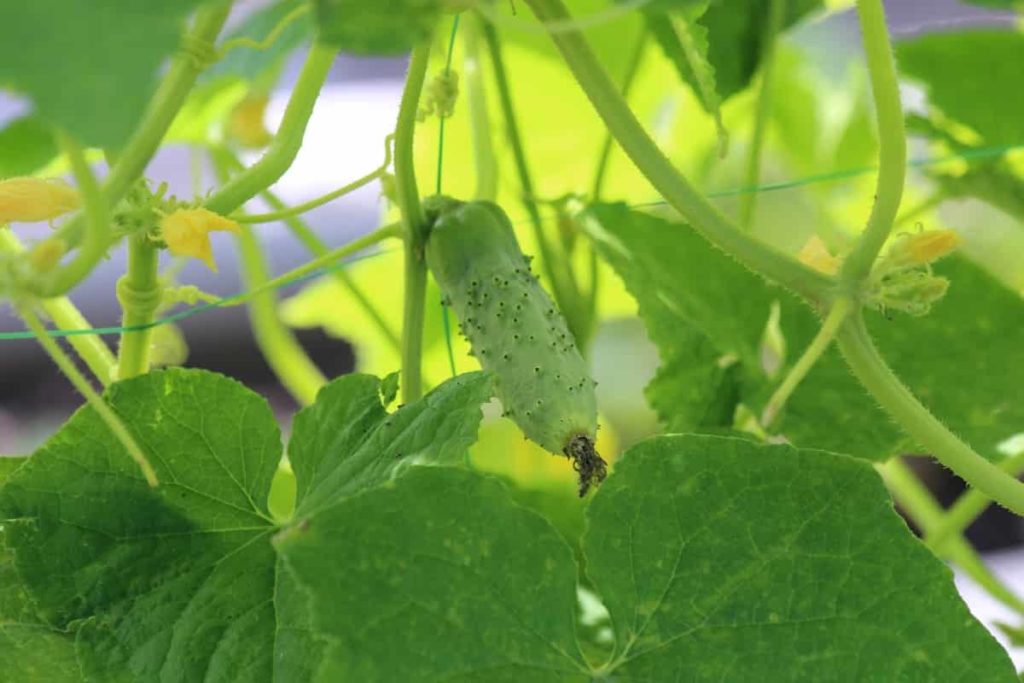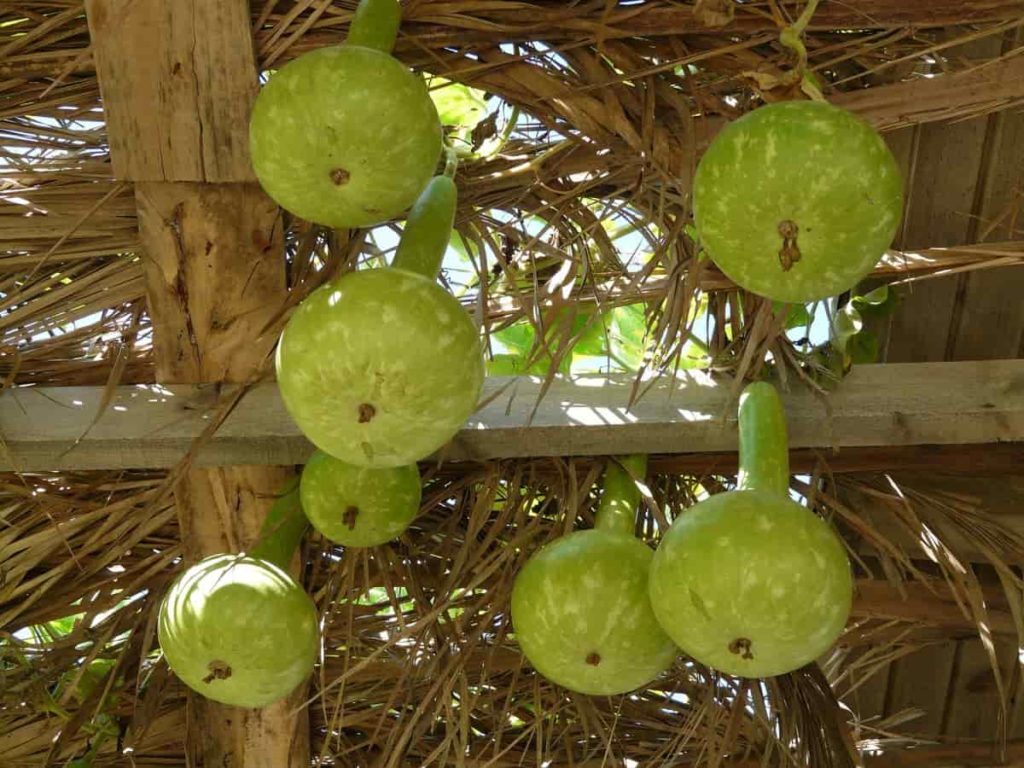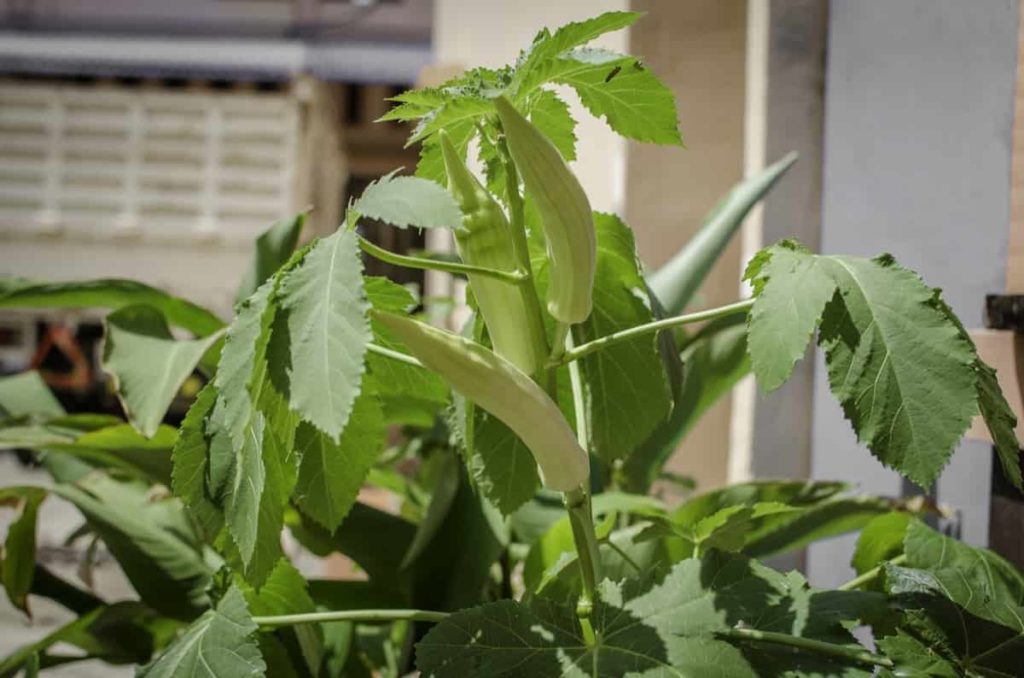After the hot summer months, the weather comes which is loved by all is the rainy season. Since the temperature decreases significantly, the sun is less hot and rains increase the rapid growth of plants. There are a variety of vegetables that love the rainy season and grow magically during this time of year. So, picking the right type of vegetables becomes important. For the gardener of the house, this season brings all the glory to your garden. Let’s check out garden vegetable seeds for rainy season.

Growing seasonal vegetables in your home garden maintain the true spirit of a healthy diet. The arrival of the monsoon season or rainy season, it is very important to take care of your diet. The chances of microbial infections are high during the rainy season as the weather favors the rapid growth of food bacteria. Vegetables like leafy greens are mainly avoided during this season. They easily contaminate leaves and cause food poisoning or other stomach problems.
Monsoon season is only around the corner, all gardeners are waiting to plant new varieties of plants during the rainy season. We have all made the mistake of sowing the wrong seeds at the wrong time. Some plants need a specific environment to thrive, temperature levels, moisture, soil pH levels, all these factors play an important role in plant growth.
The seedlings may need special care to deal with high humidity. Extreme fluctuations in temperature can be harmful to plants that you are planning to grow. It is therefore important to know which type of plant the season corresponds to.
Garden vegetable seeds for rainy season
Cucumber
It can be grown simply from cucumber seeds. They need 15 to 20 days to grow in the best conditions. The temperature should be at least 20°C so that seeds can grow well. They prefer wet soil to grow. So, it is very important to maintain soil moisture. Plants need good soil for healthy growth. The well-drained potting mix helps the plant grow well and absorb enough moisture.
In case you miss this: Tips For Growing Cucumbers, Ideas, And Secrets

A potting mix containing cocopeat helps in maintaining moisture content for quite a long time as Cucumbers may lack water content. Two days in summer water depends on the plant once and in the case of water in the rain in winter water four days is probably not the most probably needed because the water depends on the water of the plant four days once depends on the water of the plant if the plant dries up.
Gourds
This magnificent vegetable comes in different shapes and sizes. Their development is easy and they need very little care. Sow seeds 4 to 5 feet away in a group of 3 to 4 seeds 1 to 2 inches deep. The gourds grow well on trellis and walls, so make sure they don’t touch the ground. They will be ready for harvesting in about 50 to 60 days.
Bitter gourd
Bitter gourds can be easily grown at home using seeds. You can either grow them up in pots or directly on the ground. But be sure to provide a good potting mix. Use a well-drained pot mixture to avoid moisture accumulation on the roots and therefore cause root rot.
They need at least 21°C to grow. We can either get bitter gourd sown in the interior or outside. But it requires about six hours of sunlight every day. So, it’s better to grow them out. Most of the time water is not required during the rainy season. Water only if it does not rain for 4 consecutive days.
In case you miss this: Bitter Gourd Gardening for Beginners, How to Start

Ridge gourd
Ridge gourd is a climber type and grows well in humid climates. It is cooked as a vegetable on cooking and used as a cleaning sponge after drying.
Sponge gourd
Sponge gourd tastes similar to Ridge gourd and is best grown during monsoon season. June is the perfect time to plant Sponge gourd and you can harvest it by November.
Bottle gourd
Bottle gourd is also a climber plant grown in summer or monsoon.
In case you miss this: Bottle Gourd Gardening For Beginners, How To Start

Tindora
Ivy gourd or Tindora is an anti-inflammatory vegetable and helps in many diseases like diabetes and cholesterol. It is important to sow seeds of the Ivy gourd before July for the best development.
Radish
It can be grown easily. All you need to do is pick a place that receives the sun with a partial shadow. Make sure to remove any rock from the ground so that radish can grow properly. Place the seeds half an inch deep and 2 inches between them. You can expect them to be ready in 30 to 40 days.
In case you miss this: Growing Radish In Greenhouse – A Full Planting Guide

Green chilies
You can grow them very easily at home. You need to choose a place with only partial sunlight. You can also add chilies to the dishes. For this, select a pot about 3 to 4 inches deep with proper drainage holes. Apply about 1-inch-deep seeds to the pots.
Carrot
Choose good-quality of carrot seeds to grow plants. It takes about 15 to 20 days to grow from seeds. Carrot plants grow in loose soil as their roots move downwards. Use cocopeat-based potting mix so that the roots can grow without restrictions inside the soil. To grow well, the temperature is required from 12°C to 22°C. Carrots are a cold crop of weather. So, it takes more water to grow.
Water plants once daily during summer, once in two days during winter, and only if needed during the rainy season. Use organic pesticides like Neem oil in the place of chemical pesticides. Carrots are ready for harvesting within 2 to 3 months from the sowing day.
Beans
Beans can grow in both the sun as well as the shade. So, choose any easy place in your garden with partial sunlight. The beans should be planted directly in your garden and not transplanted as their root structure is very delicate and can be damaged by minor rough handling. Plant seeds 1 inch deep in the soil and places a distance of at least 3 inches between the seeds. You can expect to harvest them after 1 to 2 months of sowing.
Okra
Plant seeds 1/2 to 1 inch deep and 12 to 18 inches in the soil. Soak the seed in lukewarm water overnight before sowing to speed up the germination process. Plants should be well watered for their proper growth. Once they are 2 to 3 inches in height, they are ready to choose.
In case you miss this: Okra Growing Tips, Ideas, Secrets, and Techniques

Spinach
It is a highly nutritious vegetable. Spinach is the best source of vitamins A, C, and K, magnesium, iron, and manganese. Low temperatures during the monsoon facilitate the growth of the spinach plant. It needs 6 weeks of cold weather from seed sowing to harvest.
How to grow vegetables from seeds in the rainy season
Soak seeds overnight, hard coat seeds like Bitter gourd, Ridge gourd, Bottle gourd seeds for 24 hours, Eggplant for 12 hours, chili, etc. Seeds should not be soaked for longer than 48 hours. Make a potting mix of cocopeat (1 part), sand (1/2 of cocopeat), compost (1/2 of sand) for a better success rate. You can use soil, sand, and fertilizer in the same proportion. Take a pot with a drainage hole or you can use a seedling tray or anything. You can grow directly into the earth. Fill the pot or seedling tray with the potting mix.
Remove the soaked water and add the seeds and cover with potting mix (an inch of coating). Water and place in partial sunlight. Give proper sunlight for the good growth of the plant. Always moisten the soil. But don’t do it on water. Fertilize every 20 to 25 days. Mix all of the neem oil and soap mix in the water together after every 15 days spray on plants on both sides (back and front of leaves and stem) for an insect attack. You can also use wood ash (sprinkled on plants). Give some support to the wooden stick for the vine plant or make proper arrangement security.
- Seasonal Flower Gardening: Best Practices for Spring, Summer, Fall, and Winter
- How to Grow Hibiscus from Flower
- Plantation Ideas for Home Decoration: A Beginners Guide
- Flower Garden Designs and Layouts for Beginners
- Planting and Spacing Techniques in Papaya: A Beginner’s Guide
- Growing Gold: Essential Techniques for Planting Pineapples
- How to Make Kalanchoe Plant Bushy: Home Remedies and Solutions
- 11 Reasons Why Your Gardenia is Not Blooming: Home Remedies and Solutions
- Eco Elegance: The Guide to Designing a Drought-Tolerant Landscape
- Gardening on a Slope: Strategies for Hillside Landscaping
- Nourish and Flourish: Top Organic Mulches for Thriving House Plants
- Everything You Want to Know about Indian Mogra Flower: Discover Uses and Growing
- Green Thumb Success: Expert Tips for Cultivating Greenhouse Pumpkins All Year Round
- Maximize Growth & Flavor: The Ultimate Guide to Companion Planting in Herb Gardens
- How to Control Rhododendron Problems Naturally: Home Remedies and Organic Ways to Fix Them
- Natural Magic: The Remarkable Benefits of Cinnamon for Plants
- Best Steps to Revive Dying Tulip with Natural and Organic Treatment
- 10 Reasons Why Your Angel Trumpet is Not Blooming: Remedies and Treatment
- How to Fix Periwinkle Leaf and Flower-Related Problems: Natural Remedies and Solutions
- How to Fix Zinnias Leaf and Flower Problems: Discover Natural and Home Remedies
- Organic Steps to Induce Lemon Tree Flowers: A Comprehensive Guide
- Bloom Booster: Crafting the Perfect Homemade Bougainvillea Fertilizer
- Optimizing Growth: A Guide to Applying NPK Fertilizer for Potted Plants
- 10 Best Homemade Fertilizers for Rubber Plant: DIY Recipes and Application Method
- How to Boost Female Pumpkin Flowers: Effective Steps for More Flowers and High Yields
- Transform Your Indoor Garden: Top Benefits of Pink Salt for Houseplants
- 10 Best Homemade Fertilizers for Peacock Plants (Calathea): Easy DIY Guide
- Unlock Blooms: 9 Reasons Why Your Potted Chrysanthemum is Not Blooming
- 8 Reasons Why Your Potted Hibiscus is Not Blooming: Fix it with Simple Solutions
- Unlock Blooms: 9 Key Reasons Your Potted Frangipani Won’t Flower
- 10 Reasons Why Is My Ice Plant Not Blooming: Remedies and Treatment
- 10 Reasons Why My Potted Hydrangea Not Blooming: Treatment and Remedies
- 10 Reasons Why is My Wisteria Not Blooming: Remedies and Treatment
- 10 Reasons Why is My Goldfish Plant Not Blooming: Remedies and Treatment
- Maximize Your Space: Ultimate Guide to Balcony Gardening with Grow Bags
- 10 Reasons Why Your Iris is Not Blooming: Remedies and Treatment